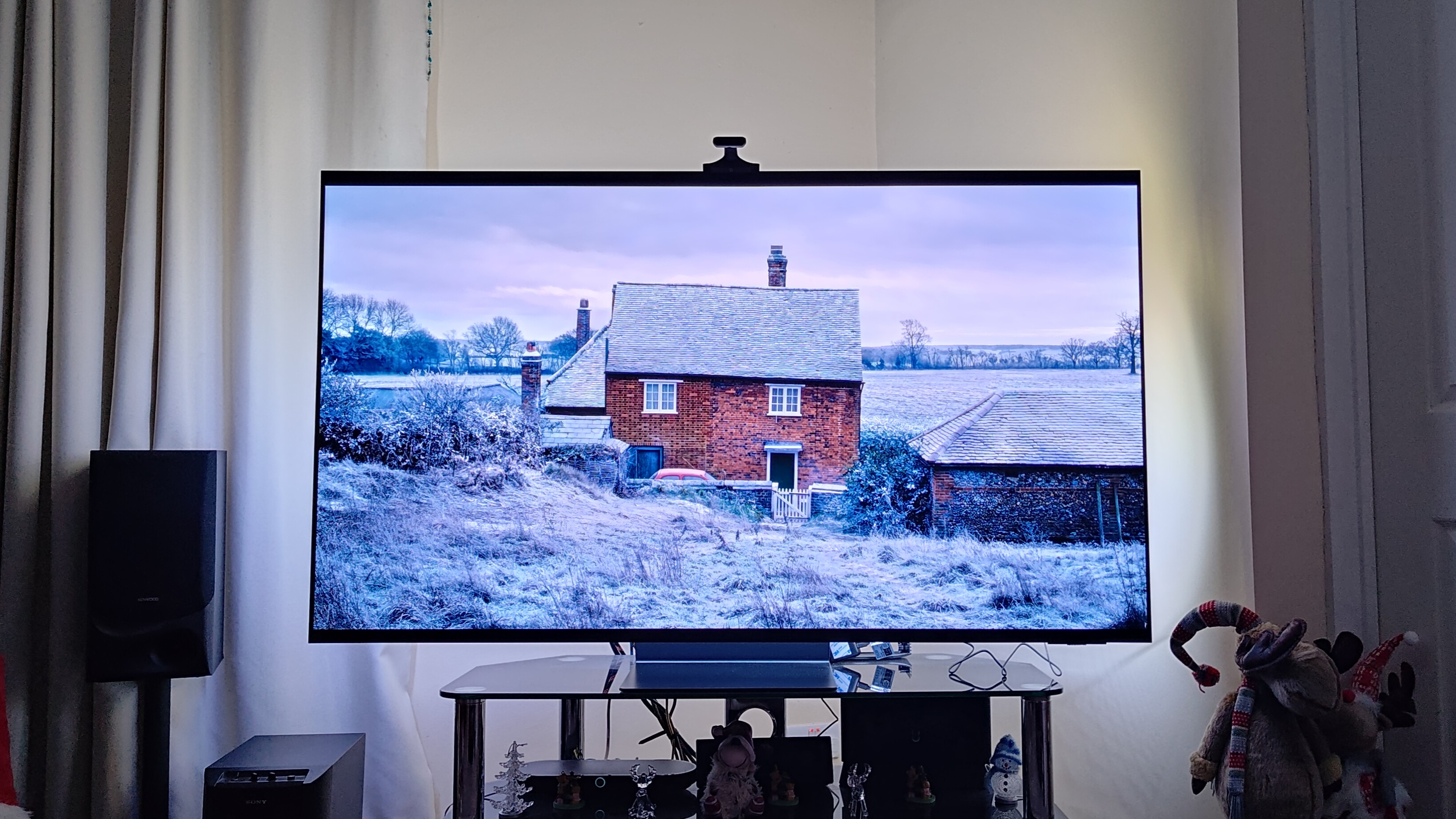I remember when... we all adored teletext (February 1980)
Comedian Jack Dee once aptly compared it to asking your gran to look up something in the Radio Times – 'Hold on, dear, I'm just trying to find the page...' – but the demise of teletext will strike a chord with anyone who grew up with the cumbersome TV info service.
Finally put out of its misery on ITV, Channel 4 and Five over Christmas, teletext was to become a uniquely British institution during the 1980s and '90s, attracting weekly audiences of up to 20 million.
Its 1976 roll out, however, was far from auspicious – understandable seeing as it required a separate decoder and few TVs came with a remote control.
But TV tech soon caught up, with Ferguson and Philips leading the way with teletext at the turn of the decade. At £799, the 26in Ferguson 3789 was almost two months' salary for the average Brit, but thanks to Radio Rentals, the nation embraced 'the ultimate newspaper' for just a few pounds a month.
- An early teletext model from Bang & Olufsen. The data is broadcast during a TV signal's 'blanking interval' – the gap between individual frames when the electron beam returns to the top-left of the screen. This interval is just long enough to decode the 24 lines of text needed for a 1kB teletext page.
- Pleasingly, you don't see magazine covers like this anymore. With the £1 coin not yet in circulation, we resort to stacking 50 pence pieces to illustrate the price-points for our turntable cartridge test. The price of the magazine itself is the princely sum of 55p.
- Aiwa has seen the future – sitting on the moon listening to a micro system. This 'sci-fi hi-fi' advert promotes its revolutionary four-tier set-up, measuring just 11 1/4in high, 9 1/2in wide and 9in deep.
The latest hi-fi, home cinema and tech news, reviews, buying advice and deals, direct to your inbox.
What Hi-Fi?, founded in 1976, is the world's leading independent guide to buying and owning hi-fi and home entertainment products. Our comprehensive tests help you buy the very best for your money, with our advice sections giving you step-by-step information on how to get even more from your music and movies. Everything is tested by our dedicated team of in-house reviewers in our custom-built test rooms in London, Reading and Bath. Our coveted five-star rating and Awards are recognised all over the world as the ultimate seal of approval, so you can buy with absolute confidence.

